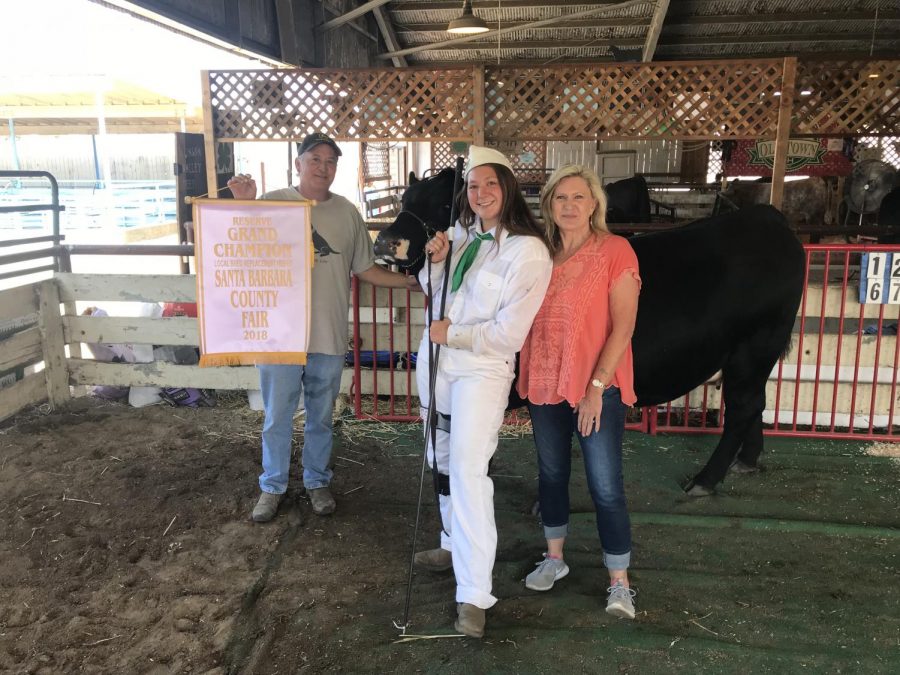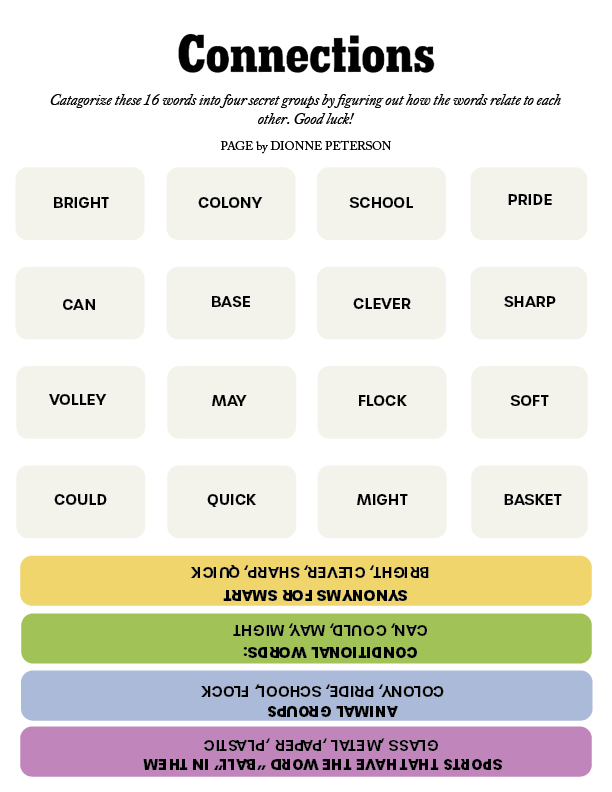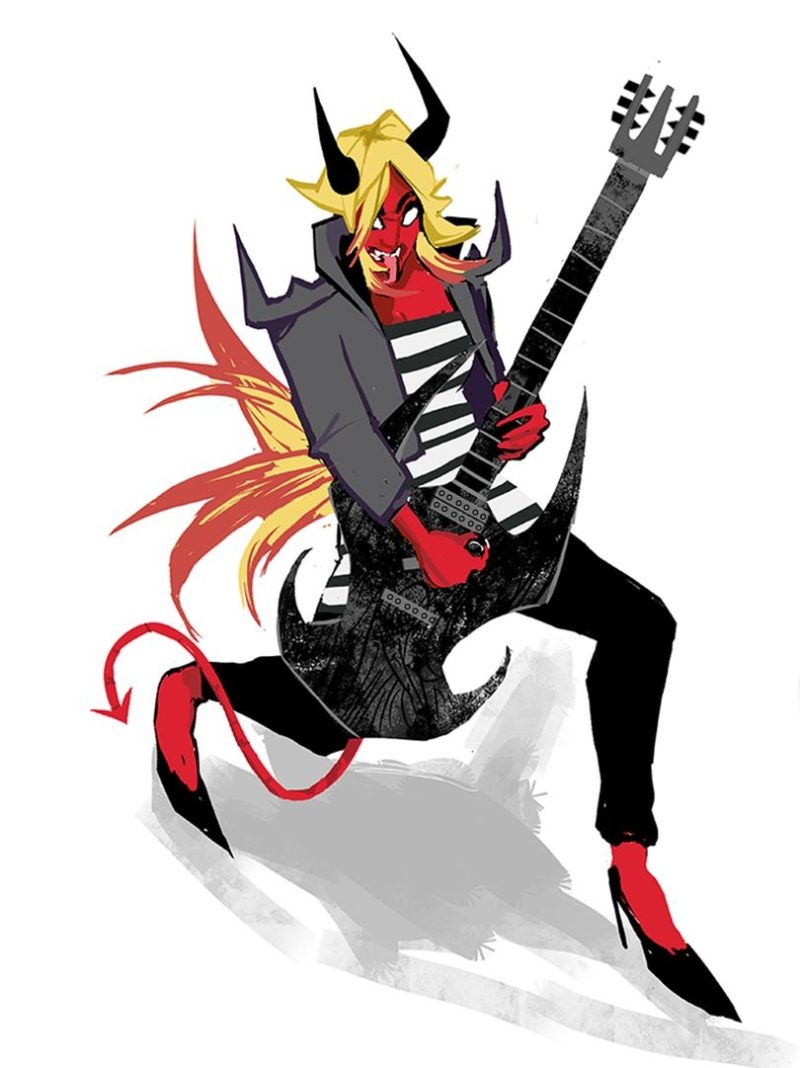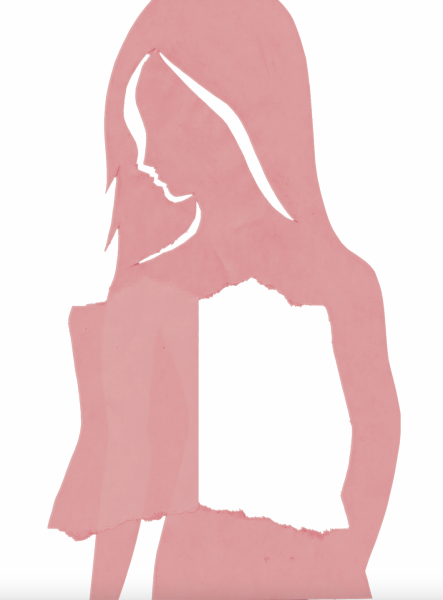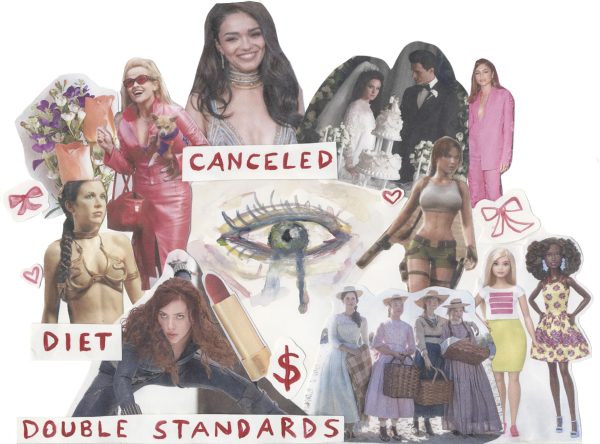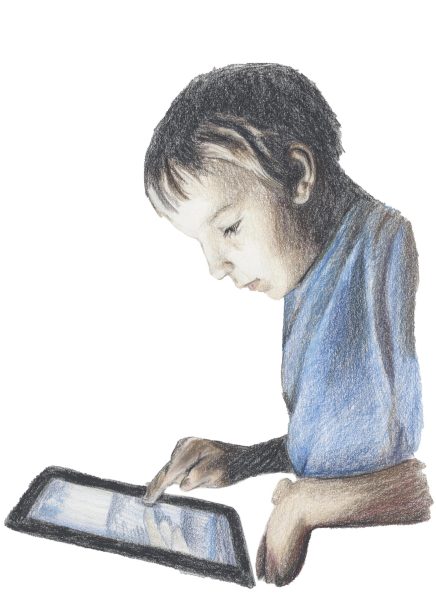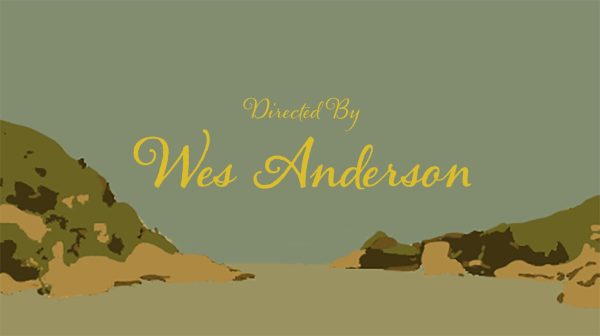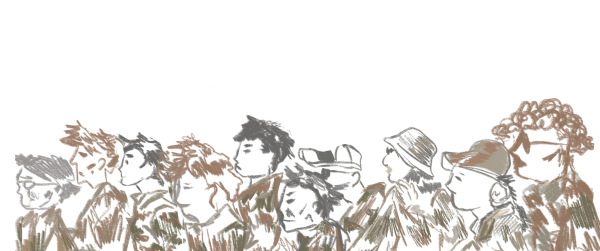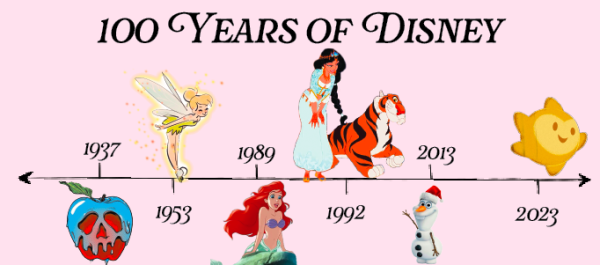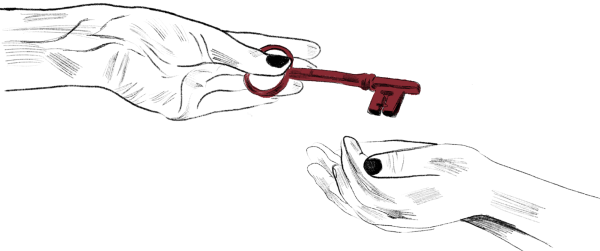Showing and Selling Animals
October 11, 2018
A global network of youth organizations whose mission is “engaging youth to reach their fullest potential while advancing the field of youth development.” The “4-H” stand for head, heart, hands, and health to not only better your club and community but the world. There is a lot within 4-H; you can make robotics and quilts to showing rabbits, chickens, turkeys, goats, lambs, pigs, heifers and steers.
I have been in 4-H since I was 10 years old, starting with raising and selling pigs to now showing heifers ( a female cow who is pregnant for the first time). 4-H is a big part of my life, mainly because it takes up so much time. Every day you need to work with your animal, so when you get to the fair you are ready for the show ring. For example, when I work with my pigs I walk them every day using a whip (I know that sounds bad, but I don’t actually beat them, I just use it to guide them) so I can lead them in the ring. For most showmanship is much more important than the market day. Showmanship shows how well you and your animal work together, while market day the judge is just looking at the animal. In showmanship the judge wants you to be making eye contact with him most of the time while occasionally looking at your animal. Showmanship for each animal varies. When showing pigs you need to make sure the pigs head helps up high and you are able to show the judge all of its different angles. While when showing a cow you are leading them with a halter walking around in circles in the show ring. The judge will tell you to stop and you need to make sure your cow’s feet are in the correct place, the front two should be parallel, while the back two should be staggered. Showmanship is also a test, the judge will come up and ask you a series of questions, never knowing what they are going to be, you have to answer them to your best knowledge hoping that it shows how well you know your animal.
This past year I learned that working with a cow is definitely more difficult than working with a pig. Since cows are very large, it makes them unpredictable and sometimes a little scary. I knew that it was going to be a lot of hard work, but I was up for it. I bought my heifer last November but got her in January. Basically, you have to start off just getting to know your animal making sure they are comfortable with you. Once you are past this you can start working with it. My heifer Gertie was the sweetest girl, so it made it pretty easy. She never kicked me, although one time she did ram my dad into the fence, that’s because she knew it was dinner time and she didn’t have her food. I knew that Gertie was special, but we made a connection that I never had with my pigs. She was honestly a big teddy bear and I knew leaving her would be hard. We get to fair week and I am excited, but also nervous. It was my first year showing a heifer and I wanted to do well. I knew Gertie was a good heifer, but everyone has a good heifer. Gertie ended up winning reserve grand champion local bred and I have never felt so accomplished in my whole life. It was heartbreaking to let her go, but I knew that the people who bought her would take amazing care of her. This year I am trying to find one that is just as amazing as Gertie was, it’s going to be hard though because she was the best first heifer ever.
4-H will always be a big part of me because it has taught me so much about who I am as a person. It has also shown me that raising and showing animals is my passion and something I want to continue within my future. Sad to say this is my last year, but I hope to stay involved within the community because they have become a second family to me. 4-H is an amazing program with people who want you to succeed with anything that you are doing and I hope that everyone gets the opportunity to try it out!



